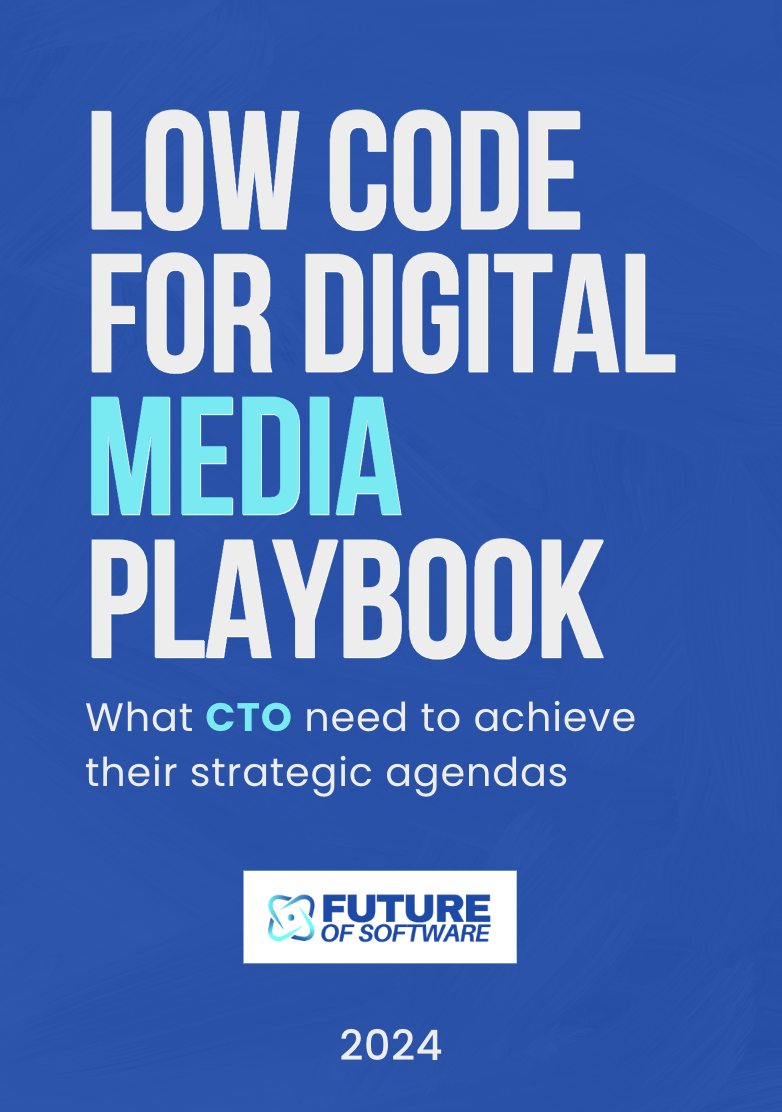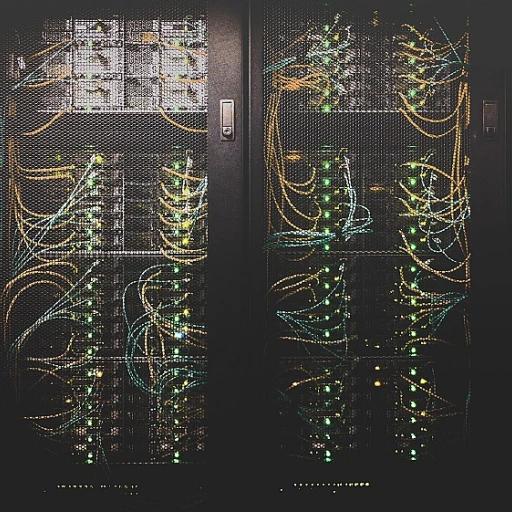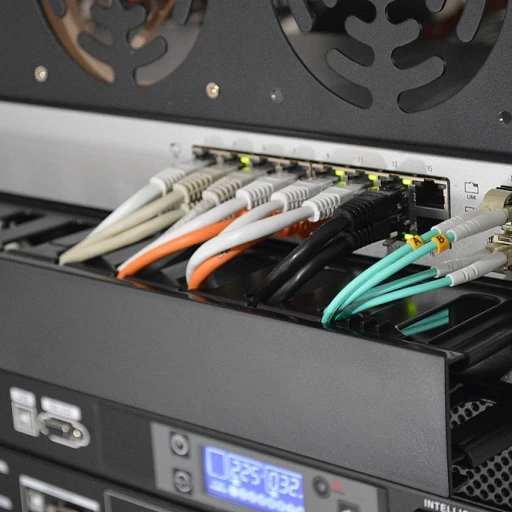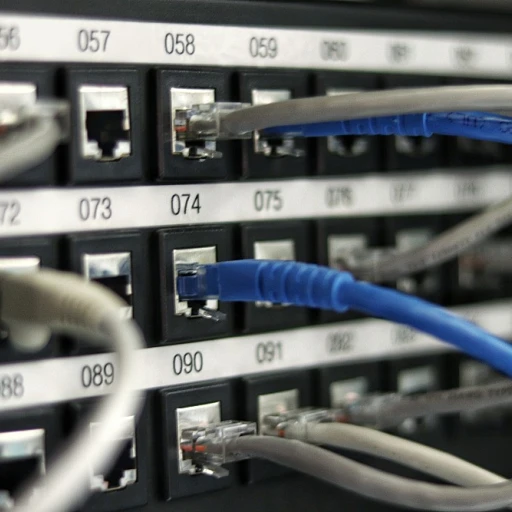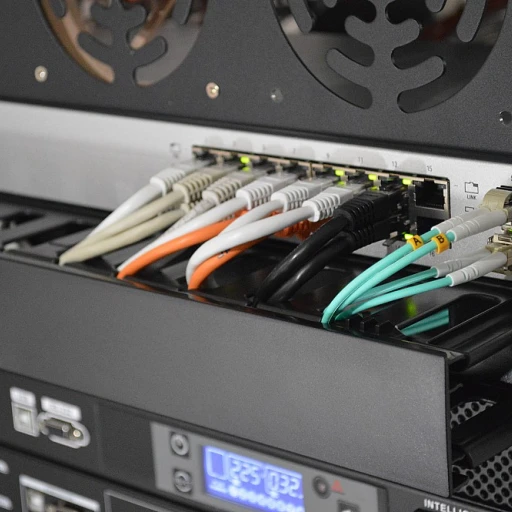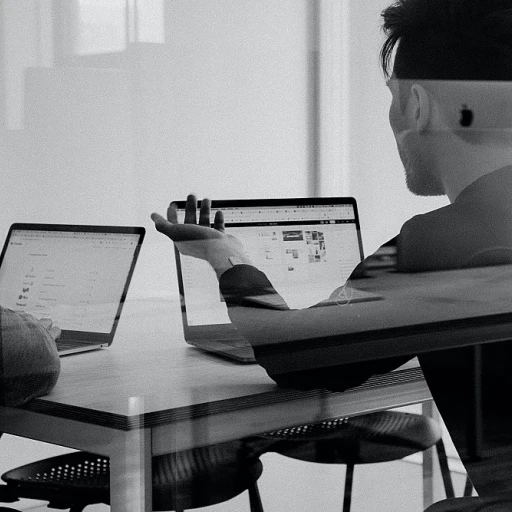Understanding the Headless CMS Architecture
Getting to Grips with the Next-Gen CMS Format
So, what's the buzz about this new-age approach, the headless CMS? Imagine being able to flexibly manage content without worrying about how it will look on various devices. Traditional CMS platforms like WordPress or Drupal, which we're all familiar with, require developers to work within a set structure where front and backend are connected. A headless CMS is entirely different and excitingly versatile.
In this setup, 'headless' doesn't literally mean without a head. Instead, it refers to being without a predefined baby that manages your content. Your content lives independently and can be delivered using APIs to any frontend you craft—be it a website, mobile app, or even IoT devices.
Why does this matter? Well, it hands over control back to you and your developers. Think about how often a glitch on your traditional platform has slowed down your content creation process. With a headless content approach, digital experience management becomes real-time with less friction.
And let's talk about speed! The decoupled nature of headless CMS platforms allows for seamless content delivery and supercharged performance. As someone working around the clock in digital marketing or content management, this could be a game changer. Instead of being limited by a traditional CMS where you often face hurdles due to its rigid structure, a headless CMS offers endless possibilities.
Want to dig deeper into this architecture? Check out more details on
exploring-headless-cms-architecture.
Stick around as we unravel how this system interacts with other CMS components, uncovering what's in store. Keep an eye out for insights into popular CMS platforms and the upsides and flip side of riding the headless wave.
Leading Platforms in the Headless CMS Space
When it comes to headless CMS platforms, there's a variety of options available, each with its own strengths and quirks. These platforms are reshaping how content is managed and delivered, offering flexibility that traditional CMSs might lack. Let’s take a look at some of the most popular ones.
Contentful
Contentful stands out as a favorite among developers and marketers alike. It offers a rich API that makes content delivery seamless across different devices and channels. The platform is designed to support modern digital experiences, allowing users to manage content without being tied to a specific presentation layer. This decoupling from the frontend is a game-changer for those looking to create dynamic, responsive websites.
Strapi
Strapi is an open-source headless CMS that has been gaining traction for its customization capabilities. It’s a self-hosted solution, which gives developers the freedom to tweak and tailor the system to their specific needs. Strapi supports a variety of databases and offers a user-friendly interface for managing content. This flexibility makes it a solid choice for teams looking to have more control over their content management system.
Sanity
Sanity is another platform that’s making waves in the headless CMS arena. Known for its real-time collaboration features, Sanity allows multiple users to work on content simultaneously, which is a huge plus for teams working on large-scale projects. The platform’s focus on structured content also helps in maintaining consistency across different digital channels.
Agility CMS
Agility CMS offers a hybrid approach, combining the best of both traditional and headless CMSs. It provides a robust API for developers while still offering an intuitive interface for content creators. This makes it an appealing option for businesses that need the flexibility of a headless system but also want the ease of use found in traditional CMSs.
These platforms highlight the shift towards more flexible and efficient content management systems. As businesses continue to demand more from their digital experiences, headless CMS platforms are stepping up to meet these needs, offering innovative solutions that go beyond the capabilities of traditional CMSs. For more insights into how these platforms are evolving, check out this article on software user experience evolution.
Benefits of Using Headless CMS
Why Headless CMS is a Game-Changer
The benefits of using a headless CMS are making waves in the digital space, and it's no wonder. Traditional CMS platforms often struggle to keep up with the demands of modern content management. Here's why headless CMS stands out:
- Flexibility in Content Delivery: Headless CMS allows content to be delivered across various channels, from websites to mobile apps and even IoT devices. This means you can manage content centrally and deliver it anywhere, anytime.
- Enhanced Developer Experience: Developers love the freedom headless CMS offers. By decoupling the backend from the frontend, they can use their preferred tools and frameworks to create dynamic user experiences without being tied to a specific presentation layer.
- Faster Time-to-Market: With APIs at the core, headless CMS enables rapid content updates and deployments. This agility is crucial for businesses looking to stay ahead in the fast-paced digital market.
- Improved Performance and Scalability: By separating content management from the presentation layer, headless CMS can significantly enhance website performance. This separation allows for better caching strategies and faster load times, which are essential for a seamless user experience.
- Seamless Integration with Other Platforms: Headless CMS can easily integrate with other digital tools and services, from analytics to marketing automation, providing a holistic view of your digital strategy.
Real-World Impact
Consider a company that needed to manage content across multiple platforms, including a website, mobile app, and digital kiosks. With a traditional CMS, this would mean separate content management for each platform, leading to inefficiencies and inconsistencies. A headless CMS, however, allows them to manage all content from a single source, ensuring consistency and saving time.
For more insights into how headless CMS can revolutionize your digital strategy, check out our
blog on the benefits of headless CMS in eCommerce.
Challenges and Considerations
Overcoming the Hurdles of Headless CMS
Let's face it, while headless CMS offers some shiny benefits, it's not all sunshine and rainbows. There are a few challenges developers and businesses need to keep in mind when adopting this approach.
One of the first bumps in the road is the
API Dependency. When working with a headless CMS, the front ends communicate with the CMS through APIs. While this gives the freedom to choose any frontend technology, it can become a stumbling block if the APIs aren't robust or well-documented. Developers might find themselves grappling with issues if the data flow isn't smooth or consistent.
Content Management System Integration is another hurdle. Unlike traditional CMSs where everything is bundled together, headless CMS requires a separate system for creating, managing, and storing content. This means you need to ensure compatibility and seamless integration with existing systems, which can sometimes be complex and time-consuming.
When you move towards a headless approach, don't forget the challenges of
Developer Skills Requirements. Harnessing the full potential of headless CMS means your developers need to be proficient in both frontend technologies and managing APIs. It's not just about content, but how that content translates into a user-friendly experience.
Then there's the matter of
Initial Setup and Customization Costs. A decoupled CMS system involves configuring multiple components, and that can initially seem like more of an investment than traditional platforms. Businesses need to weigh these upfront costs against long-term benefits.
Lastly, keep an eye on
Content Delivery Speed. As your frontend gets powered through APIs under headless CMS, the speed becomes reliant on the backend's response time. Without proper caching strategies and optimization techniques, you might experience delays that old-school CMS wouldn't have.
In weighing the pros and cons, remember that a headless CMS isn't a one-size-fits-all solution. Assess your organization's needs and capabilities before making the switch. With adequate planning and expertise, the challenges can be effectively tackled, leading to a more agile and future-ready digital experience.
Real-World Headless CMS Examples
An Insight into Headless CMS Success Stories
Headless CMS solutions have made quite the impression on content-driven businesses. These management systems have excelled by offering the flexibility, speed, and modernity that traditional CMS platforms often lack. Let's dive into some real-world examples that showcase the strengths and potential of headless CMS.
Take the case of Nike. The global sports brand recognized the need for a seamless online experience to cater to millions of customers worldwide. By adopting a headless CMS approach, Nike managed to decouple its frontend and backend, allowing developers to create dynamic content that adapts in real time across various digital channels. This move enhanced website performance and provided an engaging user experience, catapulting their digital strategy forward.
Similarly, the National Geographic platform saw an enhancement in its content management system. By shifting to a decoupled CMS, the globally renowned media entity was able to manage content delivery efficiently across multiple platforms, including web and mobile. This allowed for curated content presentations tailored specifically for different user audiences without sacrificing speed or quality.
In another instance, a leading travel company needed a digital transformation to keep up with the rapid changes in the travel industry. By integrating a headless CMS, they could craft a rich digital experience that efficiently blended content creation with real-time updates. The system facilitated seamless content management across different travel destinations and languages, marketing campaigns, and social media interactions.
However, it is not just major corporations benefiting from headless CMS platforms. Smaller startups and niche digital entities are also jumping on board. They utilize open source headless CMS solutions to effectively manage content while saving costs and resources. The adaptability of these platforms allows small to mid-sized businesses to compete in the ever-changing digital content space.
As discussed in previous sections, while traditional CMS platforms have their limitations in terms of flexibility, a headless approach allows for a more conducive environment for innovation. Yet, it’s essential to weigh the pros and cons of going headless, considering the technical requirements involved.
These successful implementations underscore the immense potential and adaptability of headless CMS. Whether it's enhancing global outreach or managing multilingual content, adopting a headless approach equips businesses with the tools they need to thrive in the digital-first world.
Future Trends in Headless CMS
Anticipating the Future of Headless CMS
The future of headless CMS is brimming with possibilities. As developers and marketers continue to embrace the flexibility and scalability that headless content management systems offer, several trends are emerging that promise to reshape how we create and manage content.
AI and Machine Learning Integration
Artificial intelligence and machine learning are stepping into the CMS game, enhancing the way content is delivered and personalized. Imagine a system that learns from user interactions and automatically adjusts the content to match preferences. This kind of intelligence can boost user engagement and streamline content management, offering a more personalized digital experience.
API-First Approach
APIs are the backbone of headless CMS, allowing seamless integration with various platforms and devices. As the API-first approach gains traction, expect to see more sophisticated and versatile APIs that can connect with an even broader range of technologies. This will enable developers to create more dynamic and interactive frontends, enhancing the user experience across multiple touchpoints.
Enhanced Content Delivery Networks (CDNs)
With the growing demand for real-time content delivery, CDNs are evolving to meet these needs. Enhanced CDNs will offer faster and more reliable content distribution, ensuring that users get the content they want, when they want it, without delays. This improvement in content delivery will be crucial for businesses looking to maintain a competitive edge.
Greater Emphasis on Security
As with any digital system, security remains a top priority. Headless CMS platforms will continue to prioritize security features, protecting both content and user data. This focus on security will be essential for building trust with users and ensuring the integrity of content management systems.
Open Source and Community-Driven Development
The open source movement is gaining momentum in the CMS space. Developers are increasingly contributing to community-driven projects, leading to more innovative and customizable solutions. This trend not only fosters collaboration but also accelerates the development of new features and capabilities.
Conclusion
The future of headless CMS is set to be exciting and transformative, driven by advancements in technology and a growing demand for more flexible and efficient content management solutions. As these trends unfold, businesses and developers alike will need to stay informed and adapt to remain competitive in the digital space.




